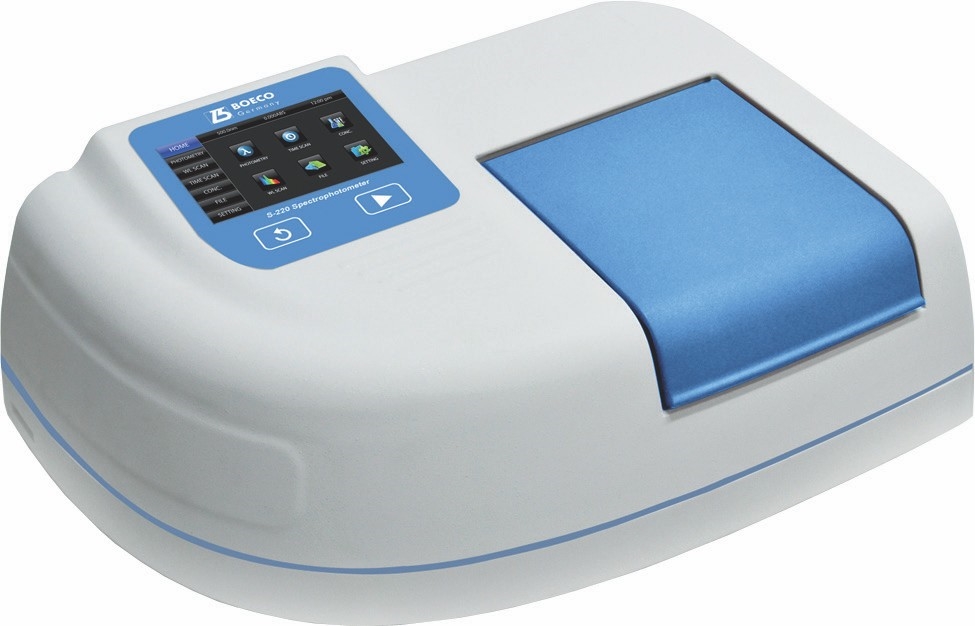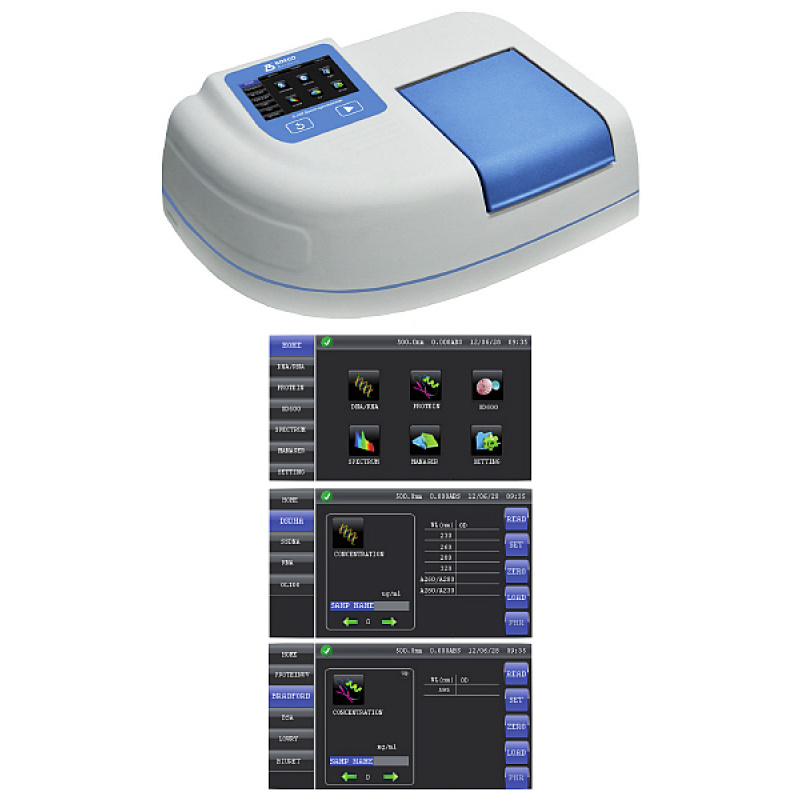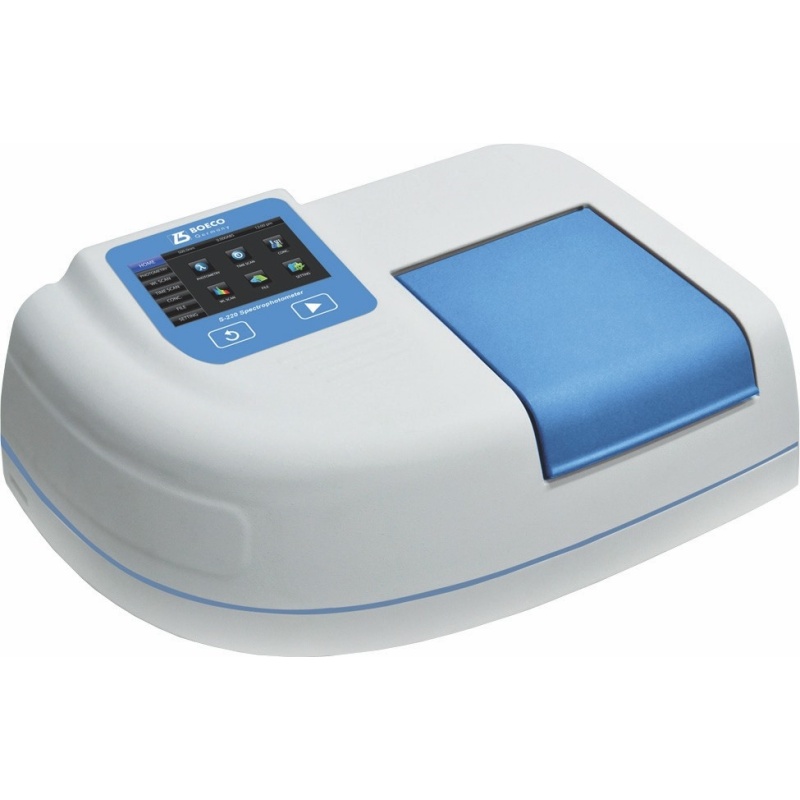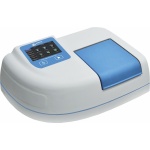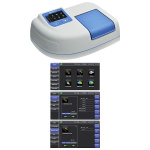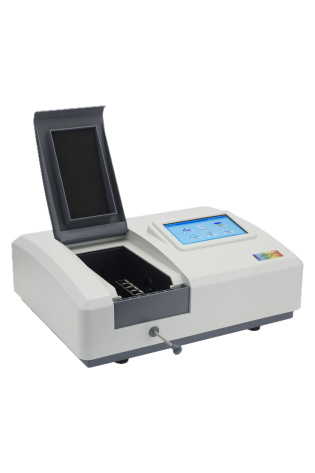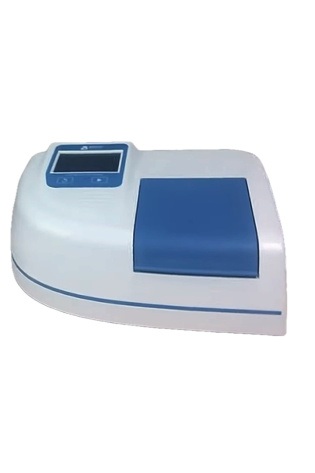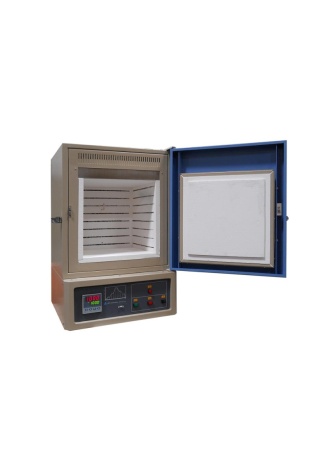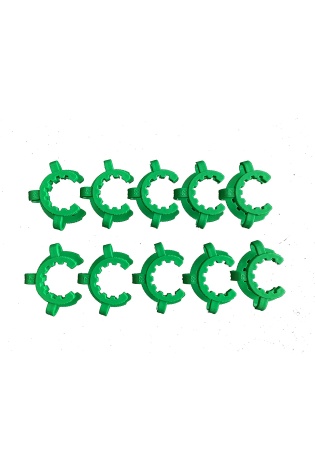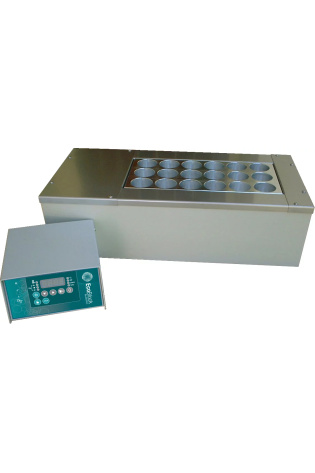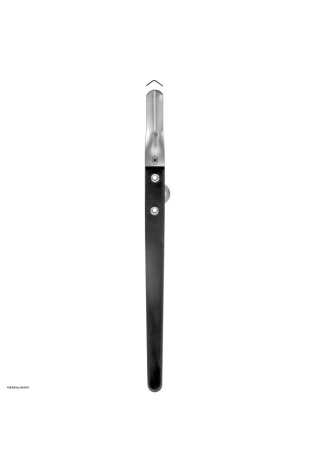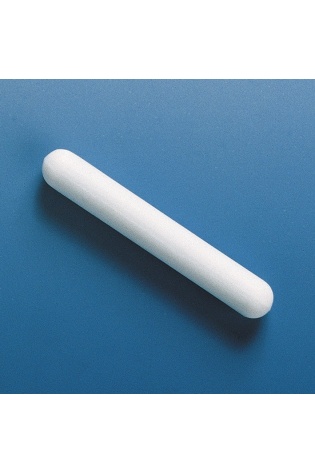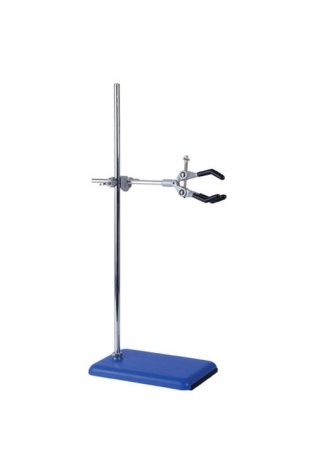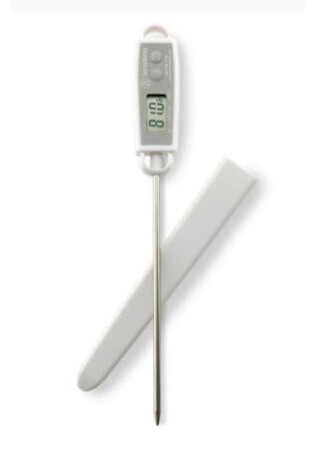Life Science Spectrophotometer
Life science spectrophotometers are used to analyze biological samples by measuring how much light they absorb or transmit at different wavelengths. They are crucial for quantifying concentrations of nucleic acids (DNA and RNA), proteins, and cells, as well as for assessing purity and enzyme activity.
Here’s a more detailed breakdown:
Key Applications of Life Science Spectrophotometer in Life Sciences:
Quantifying Biomolecules:
Spectrophotometers are widely used to determine the concentration of DNA, RNA, and proteins in a sample. This is essential for various molecular biology and biochemistry experiments.
Assessing Purity:
By measuring absorbance at specific wavelengths (e.g., 260 nm and 280 nm for DNA and proteins), spectrophotometers can help determine the purity of a sample, indicating the presence of contaminants.
Enzyme Kinetics:
Spectrophotometry can be used to monitor the progress of enzyme-catalyzed reactions by measuring changes in absorbance over time, providing insights into enzyme activity.
Cell Density and Viability:
Spectrophotometers can measure the absorbance of cell cultures at a specific wavelength (e.g., OD600) to estimate cell density and monitor cell growth or viability.
Other Applications:
Spectrophotometry is also employed in areas like drug discovery, clinical diagnostics, and environmental monitoring.
How it Works:
Light Source:
A spectrophotometer uses a light source to emit light across a range of wavelengths.
Wavelength Selection:
The light then passes through a monochromator, which selects a specific wavelength of light to be passed through the sample.
Sample Interaction:
The light passes through the sample, and the amount of light transmitted or absorbed is measured.
Detection:
A detector measures the intensity of the light after it has interacted with the sample, and the data is processed to provide absorbance or transmittance values.
Data Analysis:
The absorbance or transmittance values are used to determine the concentration, purity, or other properties of the sample based on established relationships between absorbance and concentration.
Spectrophotometry analysis is widely used in various scientific disciplines, including:
- chemistry
- biochemistry
- environmental science
- and materials science.
It is applied for tasks such as quantifying concentrations, assessing purity, and determining the chemical composition of substances.
- Quantifying concentrations of compounds.
- Determining the structure of a compound.
- Finding functional groups in chemicals.
- Determining the molecular weight of compounds.
- Determining the composition of materials.
Life Science Spectrophotometer
